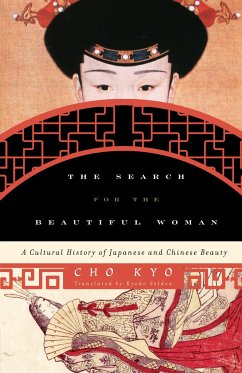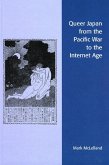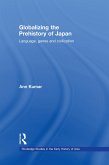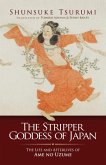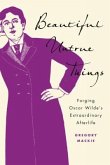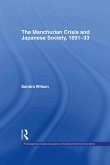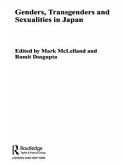Translation of: Bijo to wa nani ka: nitchau bijin no bunkashi / Chao Kyao. -- Tokyo: Shobunsha, 2001. -- 464, x, p.: ill.; 20 cm.
For centuries, Japanese culture, including ideals of feminine beauty, was profoundly shaped by China. In this first full comparative history on the subject, Cho Kyo explores changing standards of beauty in China and Japan, ranging from plumpness to bound feet to blackened teeth. Drawing on a rich array of sources gathered over a decade of research, he considers which Chinese representations were rejected or accepted and transformed in Japan. He then traces the introduction of Western aesthetics into Japan starting in the Meiji era, leading to slowly developing but radical changes in the representation of beauty. Through fiction, poetry, art, advertisements, and photographs, the author vividly demonstrates how criteria of beauty differ greatly by era and culture and how aesthetic sense changed in the course of extended transformations that were influenced by both China and the West.
Hinweis: Dieser Artikel kann nur an eine deutsche Lieferadresse ausgeliefert werden.
For centuries, Japanese culture, including ideals of feminine beauty, was profoundly shaped by China. In this first full comparative history on the subject, Cho Kyo explores changing standards of beauty in China and Japan, ranging from plumpness to bound feet to blackened teeth. Drawing on a rich array of sources gathered over a decade of research, he considers which Chinese representations were rejected or accepted and transformed in Japan. He then traces the introduction of Western aesthetics into Japan starting in the Meiji era, leading to slowly developing but radical changes in the representation of beauty. Through fiction, poetry, art, advertisements, and photographs, the author vividly demonstrates how criteria of beauty differ greatly by era and culture and how aesthetic sense changed in the course of extended transformations that were influenced by both China and the West.
Hinweis: Dieser Artikel kann nur an eine deutsche Lieferadresse ausgeliefert werden.

